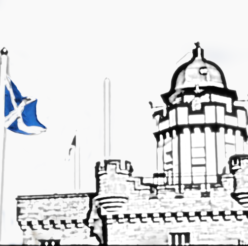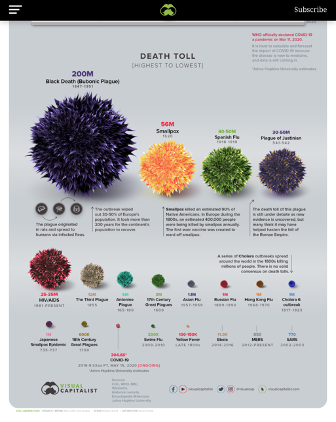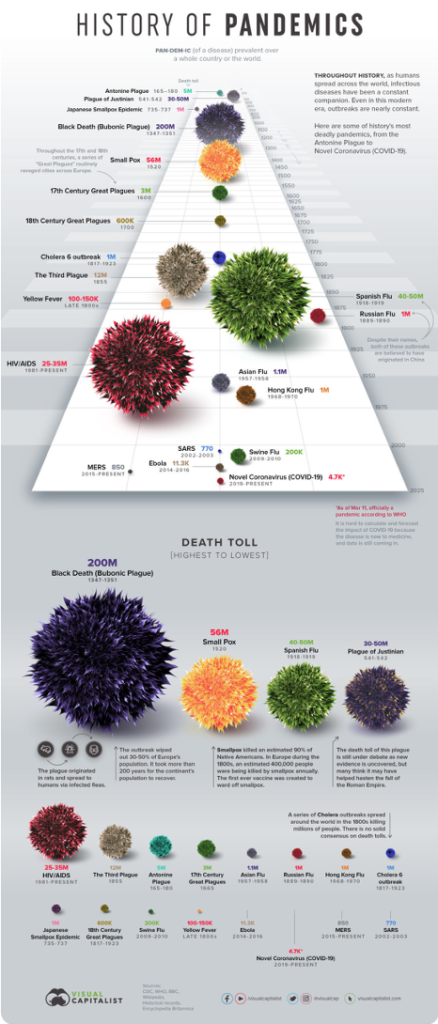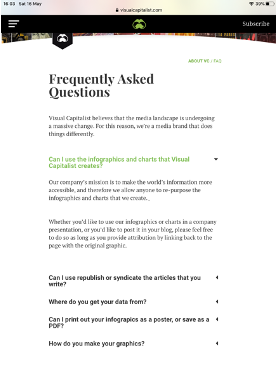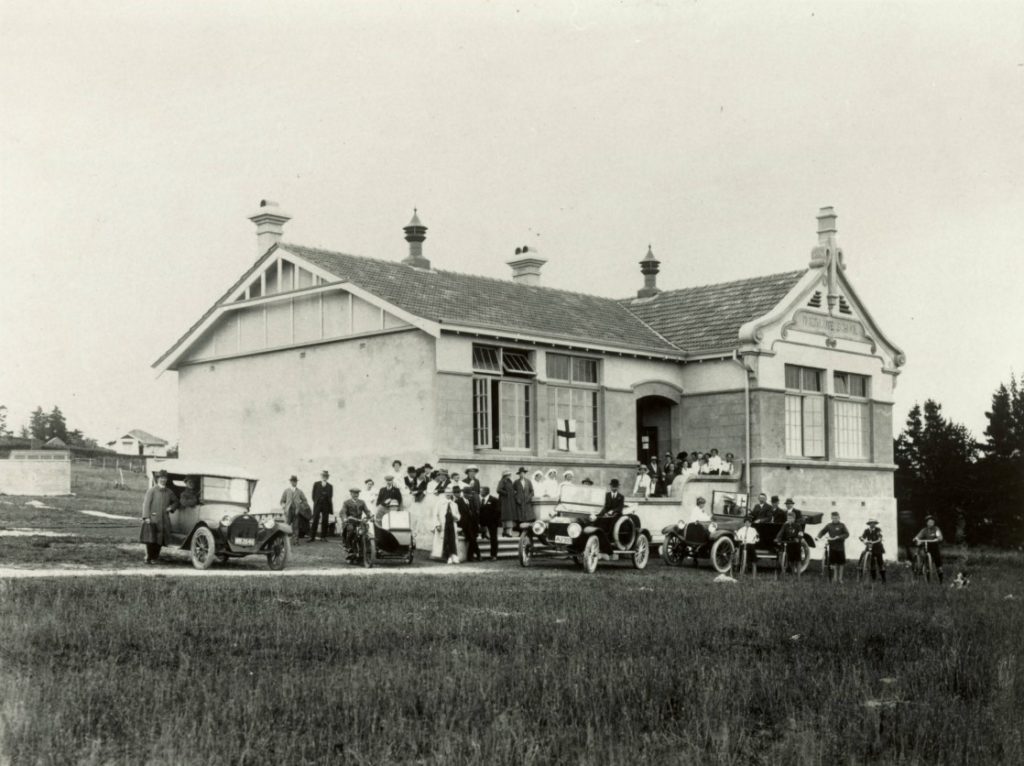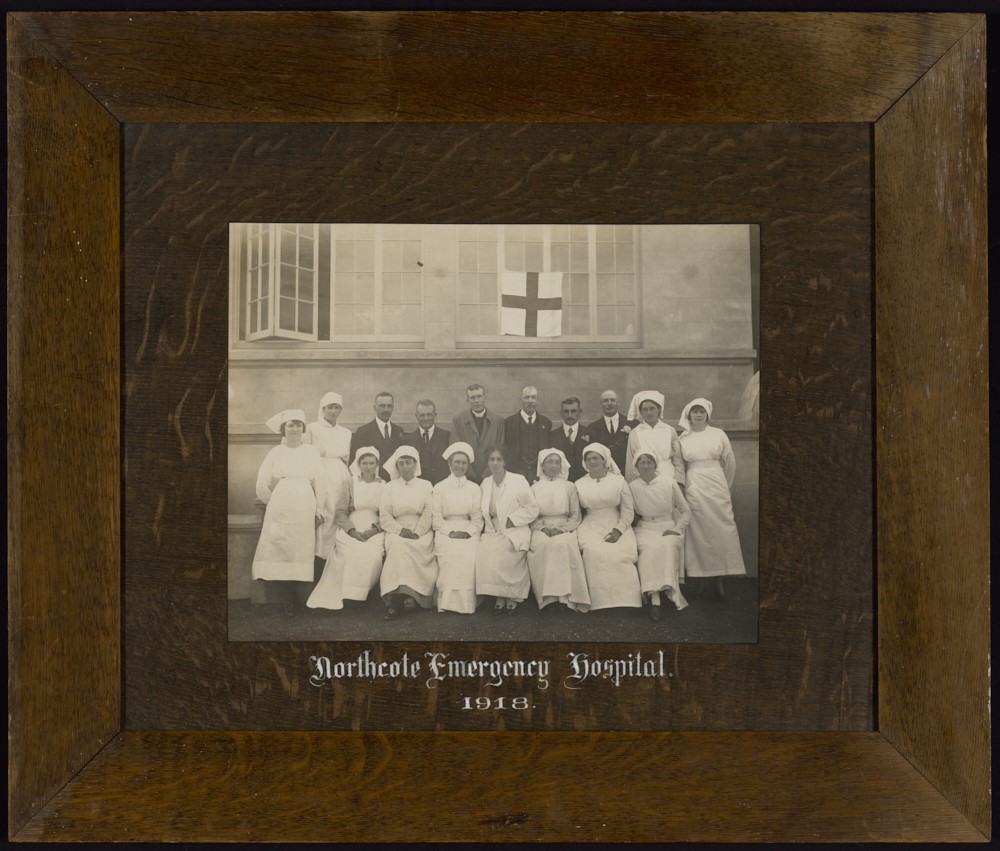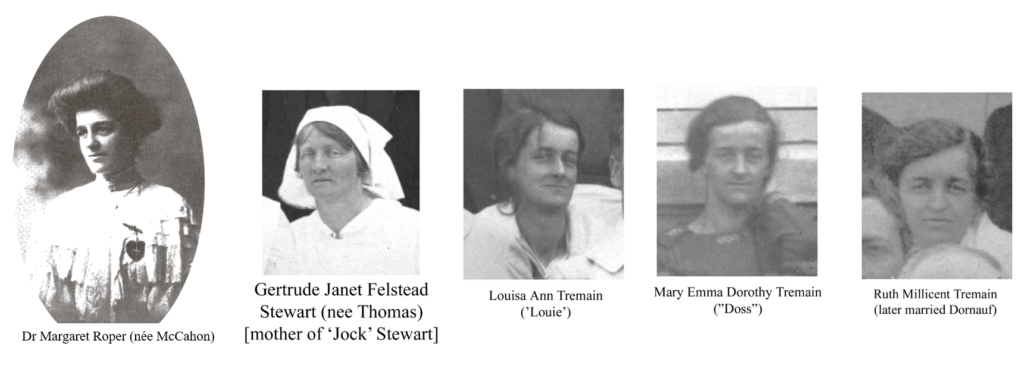By Angus Bancroft
One of the effects of our arm’s length social life is that we interact with a limited range of interactional cues: our subconscious interpretation of body language, eye contact, tone of voice, is heavily truncated by the technology. There are many implications of that, not least for how we teach and engage students. They will have little sense of teachers and themselves as a classroom presence. It also has caused me to reflect on how we use these cues and others’ reactions for information verifiability. A part of my research is investigating how fake news and disinformation campaigns are produced and valued in the marketplace.
Disinformation operations are deliberate attempts to undermine trust in the public square and to create false narratives around public events. Rid (2020) outlines three key myths about them: 1. They take place in the shadows (in fact, disclosing that there is an active campaign can be useful to those running it) 2. They primarily use false information (in fact they often use real information but generate a fake context) 3. They are public (often they use ‘silent measures’ targeting people privately). Research indicates that how others respond to information is critical in deciding for us whether it is factual or not (Colliander, 2019). Social media platforms’ ability to counter the influence of fake news with verification tags and other methods are going to have a limited effect, other than enraging the US President.
Overall disinformation operations are about the intent, rather than the form, of the operation. For that reason tactical moves like disclosing an operation’s existence can be effective if the aim is to generate uncertainty. According to Rid (2020) what they do is attack the liberal epistemic order – the ground rock assumptions about shared knowledge that Western societies based public life on. That facts have their own life, independent of values and interests. Expertise should be independent of immediate political and strategic interest. That institutions should be built around those principles – a relatively impartial media, quiescent trade unions, autonomous universities, even churches and other private institutions, are part of the epistemic matrix undergirding liberalism.
It doesn’t take a genius to work out that this order has been eroded and hollowed out from multiple angles over the past decades by processes that have nothing to do with information operations. Established national, regional, and local newspapers have become uneconomic and replaced with a click-driven, rage fuelled, tribalist media. Increasingly the old institutions mimic the new. Some established newspapers evolved from staid, slightly dull, irritatingly unengaged publications to an outrage driven, highly partial, publication model. The independence universities and the professions once enjoyed has been similarly eroded by the imposition of market driven governance on higher education, the NHS, and other bodies. On the other hand Buzzfeed evolved in the opposite direction for a time. It also doesn’t take a genius to note that the liberal epistemic order was always less than it was cracked up to be, as noted by the Glasgow University Media Group among others.
The erosion of this may be overplayed – for example, most UK citizens still get their news from the BBC. however survey data notes that there is a definite loss of trust in national media among supporters of specific political viewpoints (Brexit and Scottish Nationalism being two). The liberal epistemic order was therefore neither as robust, nor agreed, nor as liberal as it proclaimed itself to be and may have been contingent on a specific configuration of post-WW2 Bretton Woods governance. We can see plenty of examples of where this faith in the impartiality of institutions was never the case e.g. widespread support for the Communist parties in Italy and France, which had their own media, trade unions and social life.
Building an alternative reality was a key aim of progressive movements at one time. Labour movements often had their own newspapers, building societies, welfare clubs, shops and funeral services. Shopping at ‘the coppie’ (The Co-Op) said a lot about one’s belonging, social class and politics. That alternative reality can be the basis for social solidarity. That isn’t to compare the two. Fake news is inherently damaging to any effort to build a better society or understand the one we are living in. But real life and life organised independently does provide a defence and a basis for building a resilient post-pandemic society. Part of this is resisting and questioning what underlies fake news – the continuous attack on autonomous knowledge and Enlightenment values which have eroded the resilience of democratic societies.
References:
Colliander J (2019) “This is fake news”: Investigating the role of conformity to other users’ views when commenting on and spreading disinformation in social media. Computers in Human Behavior 97: 202–215. DOI: 10.1016/j.chb.2019.03.032
Rid T (2020) Active Measures: The Secret History of Disinformation and Political Warfare. Farrar, Straus and Giroux.
